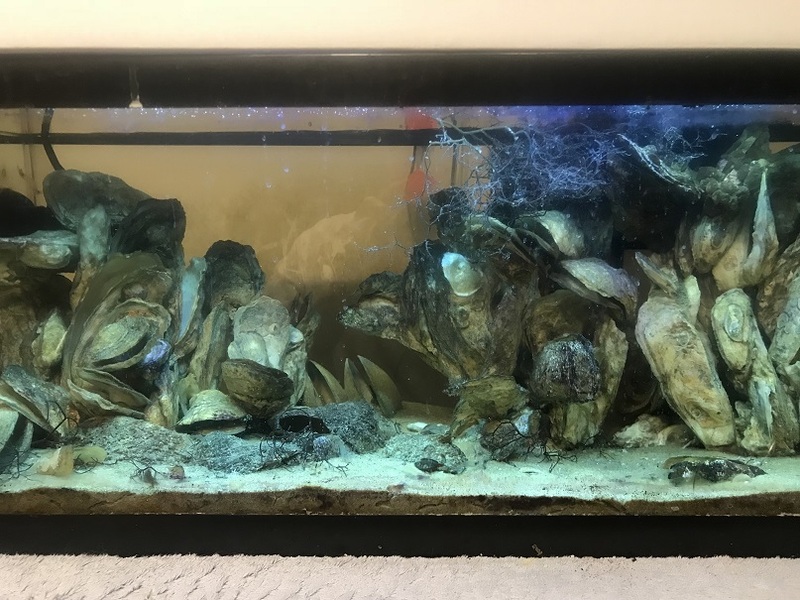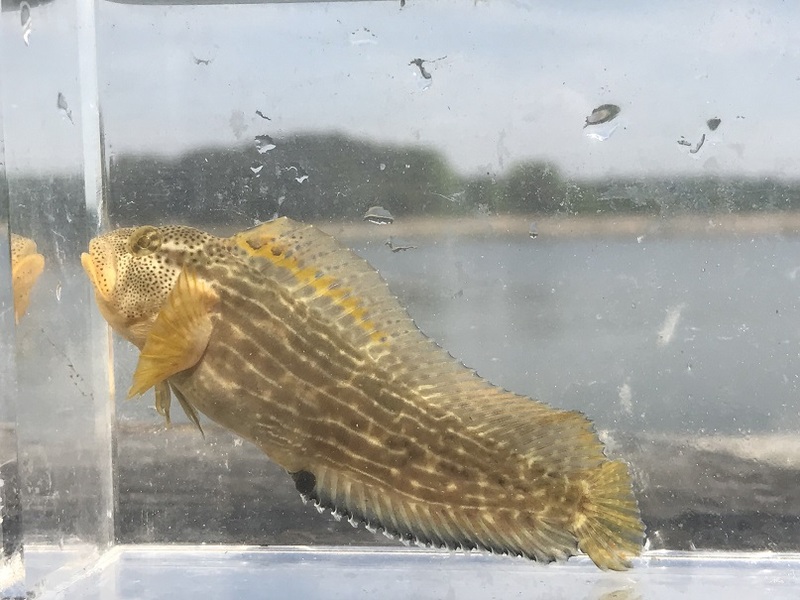- Joined
- Nov 9, 2014
- Messages
- 22,424
- Reaction score
- 34,848
Well, I for one, enjoy following this fantastic little biotope.Super cool finding the eggs, but Im also bummed that you wont get the opportunity to "raise" them because of the parasites. As for your question, you can mix Copper and Kanaplex together (you might even be able to use Metro or Furan-2), so long as you increase the oxygen in the water. @Humblefish would be able to tell you if there are any others that would mix, but I've used Copper and Kanaplex together without issue. I was running two big airstones in a 40 breeder, so as long as you have a correctly rated air pump and a stone in the QT, you should be good to go!
You can mix copper with Kanaplex + Furan-2 + Metroplex. However, as you said gas exchange needs to be increased to compensate for O2 depletion, and it is very likely that all those meds will contribute to appetite suppression.
Here is another option to consider: https://www.reef2reef.com/ams/the-bacterial-infection-predicament.315/




















